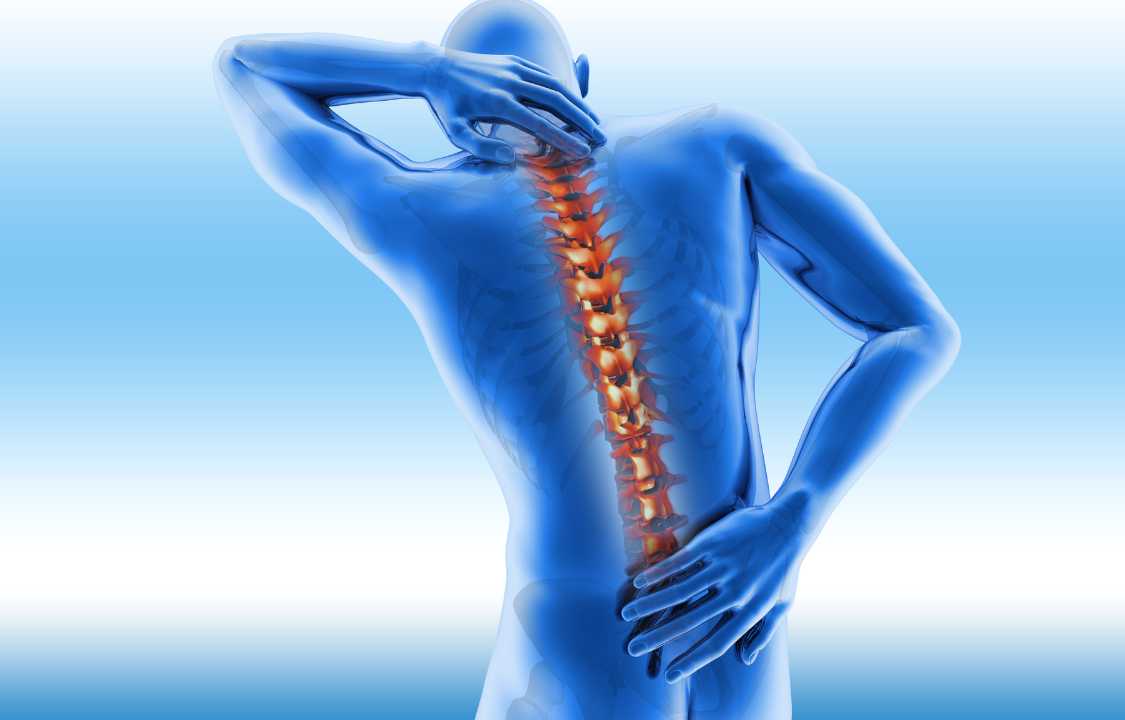Medical Care, Medications, Pain
Certain Medications Are Better Than Others for Managing Spine Pain
Research published in Drugs and Aging on June 27, 2022, provides insights into the safer and more effective drug options for managing spine pain in individuals aged 65 and older. The study reviewed 138 trials focusing on drugs for spine-related pain caused by muscular, arthritic, or nerve issues in the neck, midback, and low back. The key findings are as follows:
1. Over-the-Counter Drugs:
- Acetaminophen (Tylenol) and nonsteroidal anti-inflammatory drugs (NSAIDs) like ibuprofen (Advil, Motrin IB) are deemed safe and effective. However, NSAIDs are considered more helpful. It is recommended to take NSAIDs at the lowest effective doses to minimize side effects.
2. Nerve Pain Medication:
- Gabapentin (Neurontin) and pregabalin (Lyrica) may be effective in reducing nerve pain in the neck and back, particularly for conditions like sciatica. Initiating treatment with low doses is advised to mitigate daytime drowsiness and reduce the risk of falls.
3. Muscle Relaxants:
- Tizanidine (Zanaflex) and baclofen (Lioresal) may help alleviate pain from muscle spasms. Individuals with liver disease should avoid tizanidine, and those with kidney disease should use lower doses of baclofen. Certain other muscle relaxants are discouraged due to their potential for causing drowsiness and falls.
4. Antidepressants:
- Duloxetine (Cymbalta), a selective serotonin-norepinephrine reuptake inhibitor, is considered safe for spine-related nerve pain such as sciatica. Most tricyclic antidepressants are to be avoided due to potential side effects, with nortriptyline (Pamelor) and desipramine (Norpramin) being better tolerated at lower doses.
5. Corticosteroids:
- A short course of corticosteroids may offer relief, although the evidence supporting their effectiveness is not strong.
6. Traditional Opioids:
- The use of traditional opioids is discouraged due to the risk of addiction.
These findings provide valuable guidance for physicians and older adults in selecting appropriate and safer medications for managing spine-related pain in the elderly population. It underscores the importance of considering potential side effects and individual health conditions when prescribing medications for this purpose.

